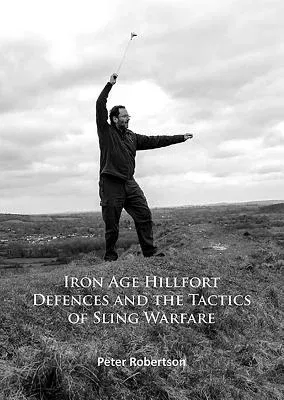Was the purpose of an Iron Age hillfort to defend people and resources
or was it there to show the power of the community and its leaders? Was
the Middle Iron Age trend to large complex 'defences' a response to
developing tactics of assault or did the huge amounts of construction
work serve the purpose of building community identity through shared
labour? The name 'hillfort' implies a defensive purpose, but in recent
decades alternative interpretations have gained favour, based on
analyses suggesting that hillforts are poorly suited to military
purposes and on views of Iron Age society that emphasise the importance
of boundaries, symbolic display and communitybuilding. Excavations of
hillfort interiors reveal they were sites for many activities; large
caches of stones suggest that sling warfare was one. This book reports
an investigation of these issues. Sling accuracy at a hillfort was
measured for the first time, in a controlled experiment comparing attack
and defence across single and developed ramparts. Tactical scenarios
modelled from the results showed that hillfort development gave
defenders increased advantage. These results support defence as the
explanation for the features of the enclosing works of hillforts. Full
details of the method and analyses are included.

